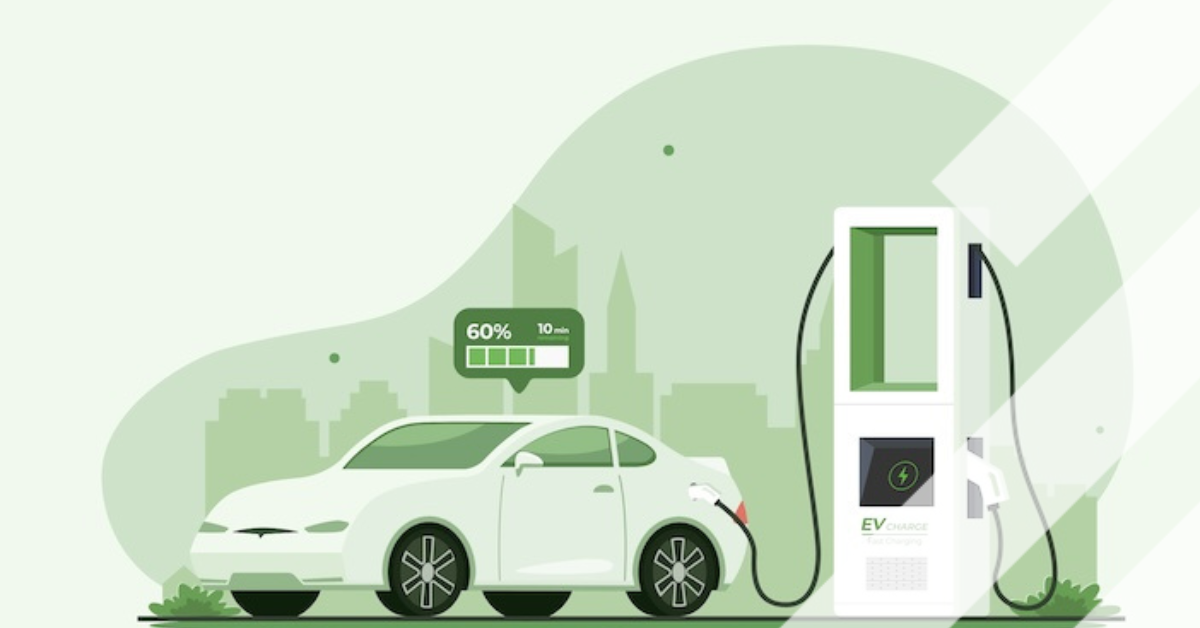A Roadmap for Parking that Serves Cities
As the 21st European Parking Conference drew to a close, Theo Thuis (newly elected President of the European Parking Association (EPA)) urged the sector to turn momentum into results. Summing up key takeaways from Brussels, he reiterated that parking is no longer a standalone utility; it is integral to safer, more liveable and accessible cities. When policy, operations and technology align with urban goals, the wider mobility system works better for residents, visitors, businesses and city leaders. Parking professionals are increasingly at the table with transport planners, logistics operators and energy partners—exactly where they should be. The conference showed the ambition, tools and collaboration needed to make real progress in the next EU cycle.
Drawing on the conference debates and on EPA’s ongoing work, Thuis set out a five-pillar roadmap for the months ahead. The emphasis is practical: agree principles, test them in the field, and expand what proves effective.

1) Safety & security — resilient infrastructure by design.
Europe’s parking network is critical infrastructure and must be ready for digital and physical risks—from cyberattacks on access and payment systems to extreme weather. Resilience means clear cybersecurity baselines, continuity plans with municipalities and regular staff training. Dual-use planning matters too: in some cities, underground facilities can support emergency operations while serving daily mobility. Sustainability sits alongside safety: efficient lighting, better ventilation, on-site renewables and nature-positive design improve security and cut costs. By 2030, a new generation of carbon-neutral, climate-resilient hubs can protect, connect and regenerate urban space.
2) Electromobility — parking as an energy hub.
The shift to EVs is accelerating, and drivers need reliable charging where they actually park—destinations, streets and residential sites. Thuis called for consistent, practical guidelines on charger types, fire safety, grid capacity, signage, transparent pricing and data interfaces. Consistency reduces cost and confusion, speeds deployment and builds user trust. Beyond sockets, smart load management, solar integration and (where appropriate) storage can ease peaks and support local grids. The goal: a seamless customer experience and a stronger energy ecosystem.
3) Cross-border enforcement — fairness, acceptance and access.
Compliance underpins credible parking policy. Building on systems such as EUCARIS, secure and proportionate access to vehicle data can support free-flow models, reduce administrative burdens and tackle fraud—especially around Blue Badges. Modern enforcement is not punitive; it ensures space is available for those who need it. With harmonised processes and privacy-by-design data sharing, Europe can materially reduce non-compliance by 2028 and increase public acceptance.
4) Urban logistics — managing the kerb with purpose.
The kerb is now the city’s most contested strip of real estate. E-commerce, ride-hailing, shared mobility, micromobility and public transport all compete for the same metres. Parking operators can bring order: dynamic loading zones, bookable bays for deliveries and services, and priced access at peak times reduce conflicts and keep centres attractive. Parking facilities can act as micro-hubs that shorten last-mile trips, lower emissions and improve safety. Targeted pilots in a first wave of cities can establish repeatable models.
5) Digitalisation & data — from pilots to practice.
Customers expect simple guidance, booking, access and payment—one journey, not five steps. The customer journey needs to be convenient and user-friendly, building trust and encouraging uptake. EPA will keep advancing Parking-as-a-Service through open, APDS-aligned data and interoperable identifiers so systems can recognise vehicles, entitlements and transactions across borders. Automation—from licence-plate recognition to Automated Valet Parking—must deliver clear benefits: shorter queues, fewer disputes and better accessibility. Closer work with vehicle manufacturers and transit agencies will weave parking into true multimodal trips.
Thuis summed up the ethos: Set shared standards, measure real outcomes, and act together. When we do, residents find space when and where they need it, businesses can plan with confidence, and cities can manage demand without losing accessibility. And he concluded: “Together, we’ll address urban challenges: lowering emissions, connecting transport modes, optimising urban space, and ensuring inclusive, convenient, user-friendly, seamless mobility for all.”
Meet EPA at Intertraffic Amsterdam, 10–13 March 2026, and continue the conversation.
Share your story
Do you have an innovation, research results or an other interesting topic you would like to share with the professionals in the infrastructure, traffic management, safety, smart mobility and parking industry? The Intertraffic website and social media channels are a great platform to showcase your stories!
Please contact our Sr Brand Marketing Manager Carola Jansen-Young.
Are you an Intertraffic exhibitor?
Make sure you add your latest press releases to your Company Profile in the Exhibitor Portal for free exposure.
Get up to speed on the mobility industry - our newsletter straight to your inbox!



